Jianhua Z. Huang
Deep Personalized Glucose Level Forecasting Using Attention-based Recurrent Neural Networks
Jun 02, 2021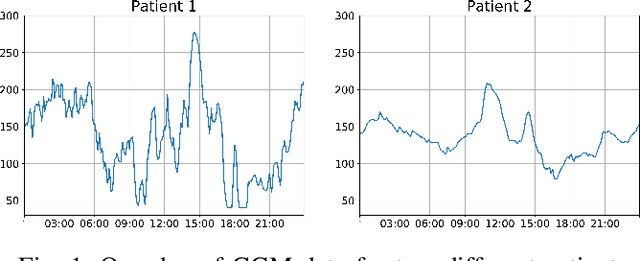
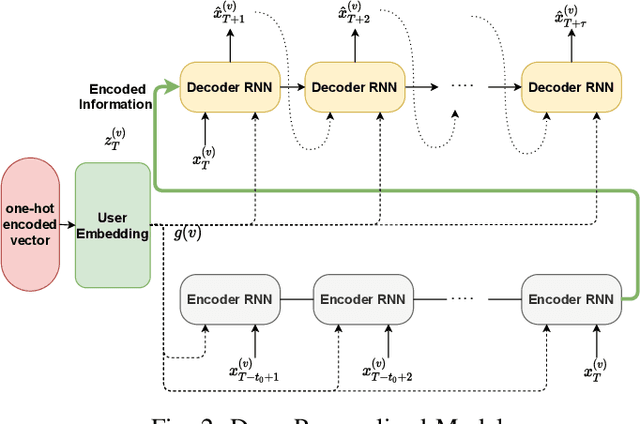
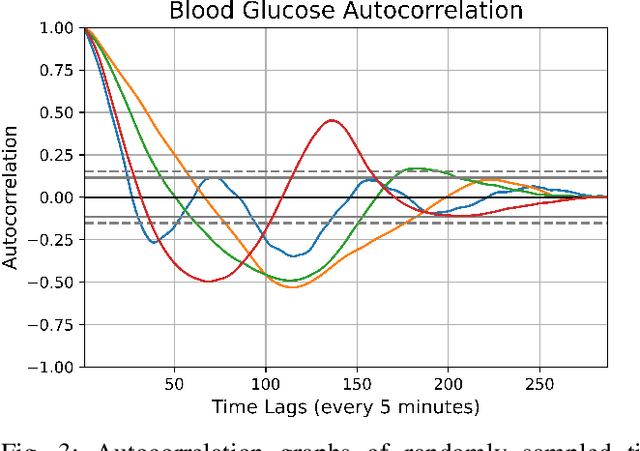
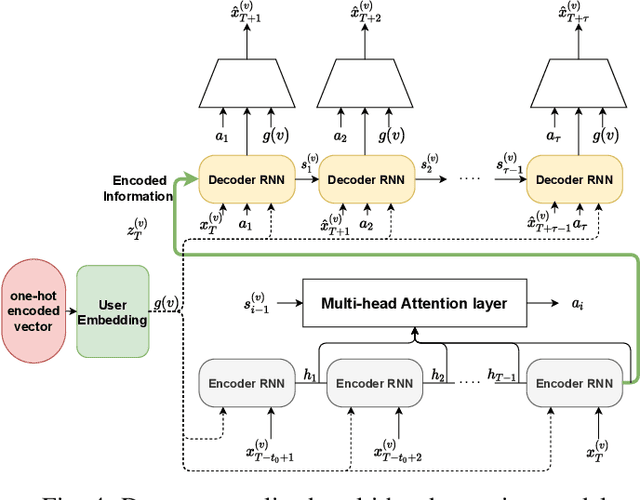
Abstract:In this paper, we study the problem of blood glucose forecasting and provide a deep personalized solution. Predicting blood glucose level in people with diabetes has significant value because health complications of abnormal glucose level are serious, sometimes even leading to death. Therefore, having a model that can accurately and quickly warn patients of potential problems is essential. To develop a better deep model for blood glucose forecasting, we analyze the data and detect important patterns. These observations helped us to propose a method that has several key advantages over existing methods: 1- it learns a personalized model for each patient as well as a global model; 2- it uses an attention mechanism and extracted time features to better learn long-term dependencies in the data; 3- it introduces a new, robust training procedure for time series data. We empirically show the efficacy of our model on a real dataset.
Global Adversarial Attacks for Assessing Deep Learning Robustness
Jun 19, 2019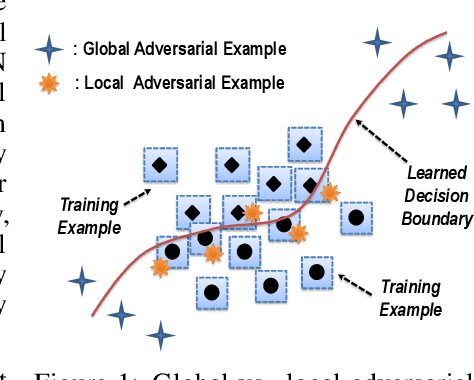



Abstract:It has been shown that deep neural networks (DNNs) may be vulnerable to adversarial attacks, raising the concern on their robustness particularly for safety-critical applications. Recognizing the local nature and limitations of existing adversarial attacks, we present a new type of global adversarial attacks for assessing global DNN robustness. More specifically, we propose a novel concept of global adversarial example pairs in which each pair of two examples are close to each other but have different class labels predicted by the DNN. We further propose two families of global attack methods and show that our methods are able to generate diverse and intriguing adversarial example pairs at locations far from the training or testing data. Moreover, we demonstrate that DNNs hardened using the strong projected gradient descent (PGD) based (local) adversarial training are vulnerable to the proposed global adversarial example pairs, suggesting that global robustness must be considered while training robust deep learning networks.
Safe Active Feature Selection for Sparse Learning
Jun 19, 2018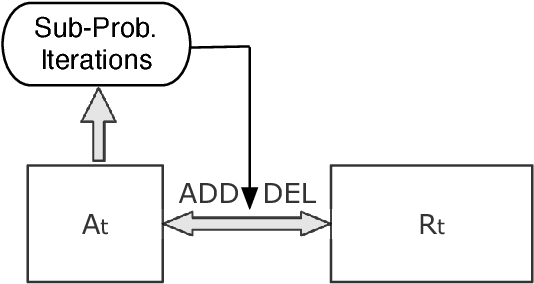
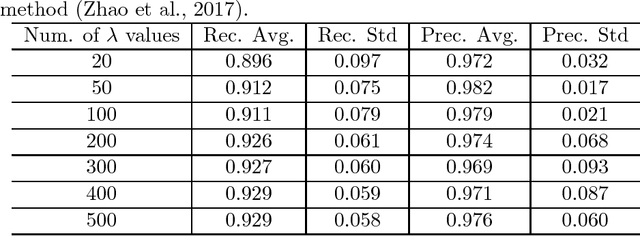


Abstract:We present safe active incremental feature selection~(SAIF) to scale up the computation of LASSO solutions. SAIF does not require a solution from a heavier penalty parameter as in sequential screening or updating the full model for each iteration as in dynamic screening. Different from these existing screening methods, SAIF starts from a small number of features and incrementally recruits active features and updates the significantly reduced model. Hence, it is much more computationally efficient and scalable with the number of features. More critically, SAIF has the safe guarantee as it has the convergence guarantee to the optimal solution to the original full LASSO problem. Such an incremental procedure and theoretical convergence guarantee can be extended to fused LASSO problems. Compared with state-of-the-art screening methods as well as working set and homotopy methods, which may not always guarantee the optimal solution, SAIF can achieve superior or comparable efficiency and high scalability with the safe guarantee when facing extremely high dimensional data sets. Experiments with both synthetic and real-world data sets show that SAIF can be up to 50 times faster than dynamic screening, and hundreds of times faster than computing LASSO or fused LASSO solutions without screening.
Use of multiple singular value decompositions to analyze complex intracellular calcium ion signals
Sep 28, 2010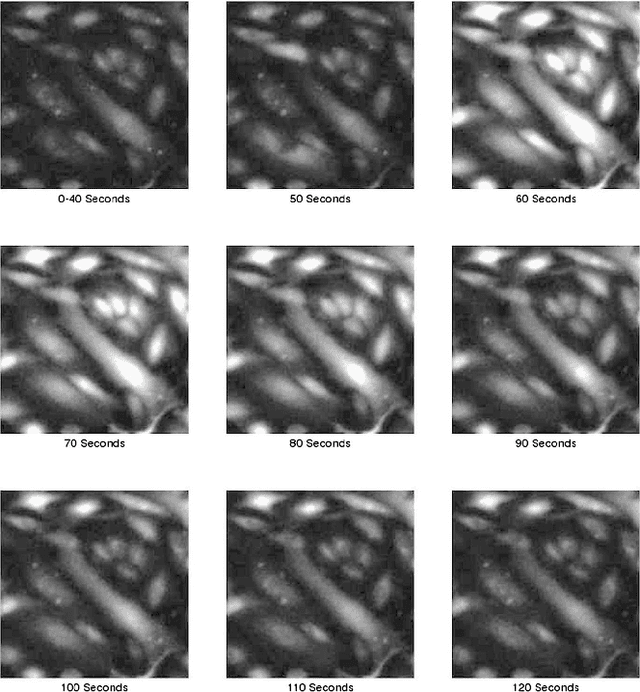

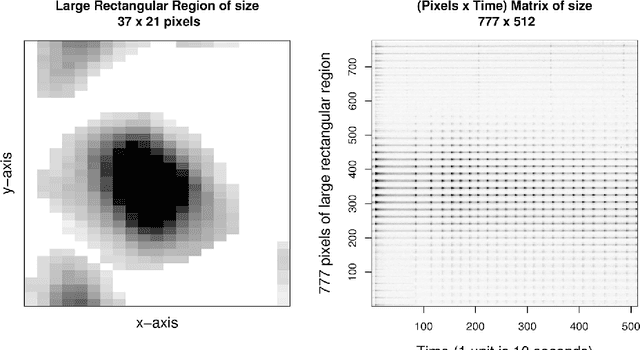

Abstract:We compare calcium ion signaling ($\mathrm {Ca}^{2+}$) between two exposures; the data are present as movies, or, more prosaically, time series of images. This paper describes novel uses of singular value decompositions (SVD) and weighted versions of them (WSVD) to extract the signals from such movies, in a way that is semi-automatic and tuned closely to the actual data and their many complexities. These complexities include the following. First, the images themselves are of no interest: all interest focuses on the behavior of individual cells across time, and thus, the cells need to be segmented in an automated manner. Second, the cells themselves have 100$+$ pixels, so that they form 100$+$ curves measured over time, so that data compression is required to extract the features of these curves. Third, some of the pixels in some of the cells are subject to image saturation due to bit depth limits, and this saturation needs to be accounted for if one is to normalize the images in a reasonably unbiased manner. Finally, the $\mathrm {Ca}^{2+}$ signals have oscillations or waves that vary with time and these signals need to be extracted. Thus, our aim is to show how to use multiple weighted and standard singular value decompositions to detect, extract and clarify the $\mathrm {Ca}^{2+}$ signals. Our signal extraction methods then lead to simple although finely focused statistical methods to compare $\mathrm {Ca}^{2+}$ signals across experimental conditions.
* Published in at http://dx.doi.org/10.1214/09-AOAS253 the Annals of Applied Statistics (http://www.imstat.org/aoas/) by the Institute of Mathematical Statistics (http://www.imstat.org)
 Add to Chrome
Add to Chrome Add to Firefox
Add to Firefox Add to Edge
Add to Edge